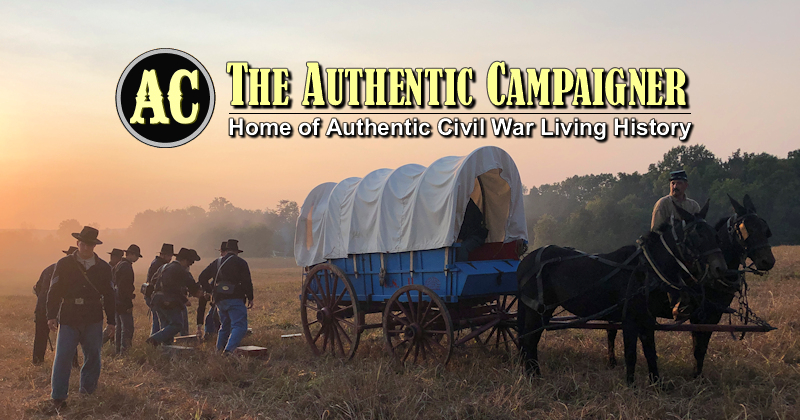I know that solid color horses were preferred by the army. Does anyone have evidence of pintos or appaloosas used by the cavalry on the federal side? Are there regulations about horse types or breeds that were preferred? I know that Bracketts Battalion in MN was mounted on "Canadian Ponies", but I have not seen any specific regulations to what the army was looking for as far as horses during the war? I tried the search function and didn't find anything.
Thanks for the help,
Thanks for the help,



Comment